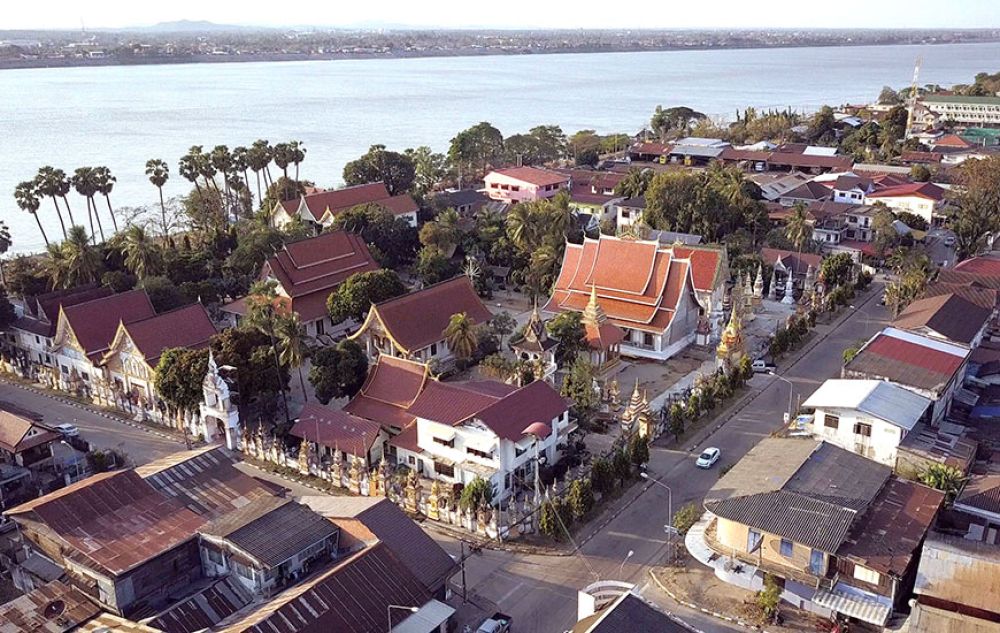

The town of Savannakhet, lying along the Mekong River in the central region of Laos, has a tranquil allure that has captivated travelers for decades. Its history as a destination for tourism is, in many ways, a reflection of the broader trends in Lao tourism, from a focus on cultural and colonial heritage to eco-tours and community-based experiences.
Tourism in Savannakhet began as a modest enterprise. For much of the 20th century, the town was known more for its role in trade and as a French colonial outpost than as a tourist destination. Its well-preserved French colonial architecture and the rich cultural mix of Lao, Vietnamese, and Chinese heritage made it an intriguing stopping point for the adventurous travelers who made their way through Laos, typically en route between Vientiane and Pakse or as a detour from the famous Angkor complex in Cambodia.
The 1990s and early 2000s marked a pivotal period in the history of tourism in Laos and in Savannakhet. Laos began to open up to the world, and travelers started searching for new, undiscovered destinations. Savannakhet's potential began to be realized during this time. The town's religious and cultural sites, such as the sacred That Ing Hang Stupa and the minority villages with their traditional lifestyles, served as major draws. The lesser-known dinosaur museum added a quirky touch, which, combined with the region's biodiversity, attracted both nature lovers and paleontology enthusiasts.
Broader shifts towards sustainable and community-based tourism also influenced Savannakhet's development. Efforts were made to not only show the town's historical sites but to engage visitors with the living culture and traditions of the local communities. This led to the growth of homestay programs and cultural workshops, allowing travelers deeper engagement and interaction with their hosts. Such experiences provided an economic stimulus to the rural parts of the province and helped preserve cultural legacies.
Currently, Savannakhet is incorporating newer trends such as eco-tourism and adventure tourism into its offerings. The nearby Phou Xang He National Protected Area and the Dong Natad forest have become focal points for guided treks, wildlife spotting, and bird watching. The emphasis on natural preservation and the promotion of outdoor activities echo the global shift towards responsible and health-conscious forms of tourism.
The landscape of tourism in Savannakhet continues to evolve amidst challenges such as infrastructure development and the need for balanced growth that does not compromise cultural integrity or the environment. The town, however, is embracing these challenges with innovative approaches to tourism that encourage visitors to deeply appreciate not only the historical landmarks but also the living culture and pristine nature of this unique Laotian gem.
Looking forward, Savannakhet's tourism industry aims to continue growing sustainably, leveraging its historical and cultural assets while ensuring the welfare of its communities and environment. With the right mix of preservation and development, Savannakhet is well-positioned to remain a beloved destination for those seeking a blend of tranquility, cultural immersion, and ecological awareness.